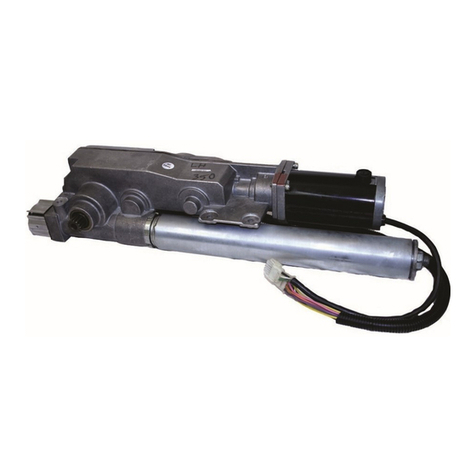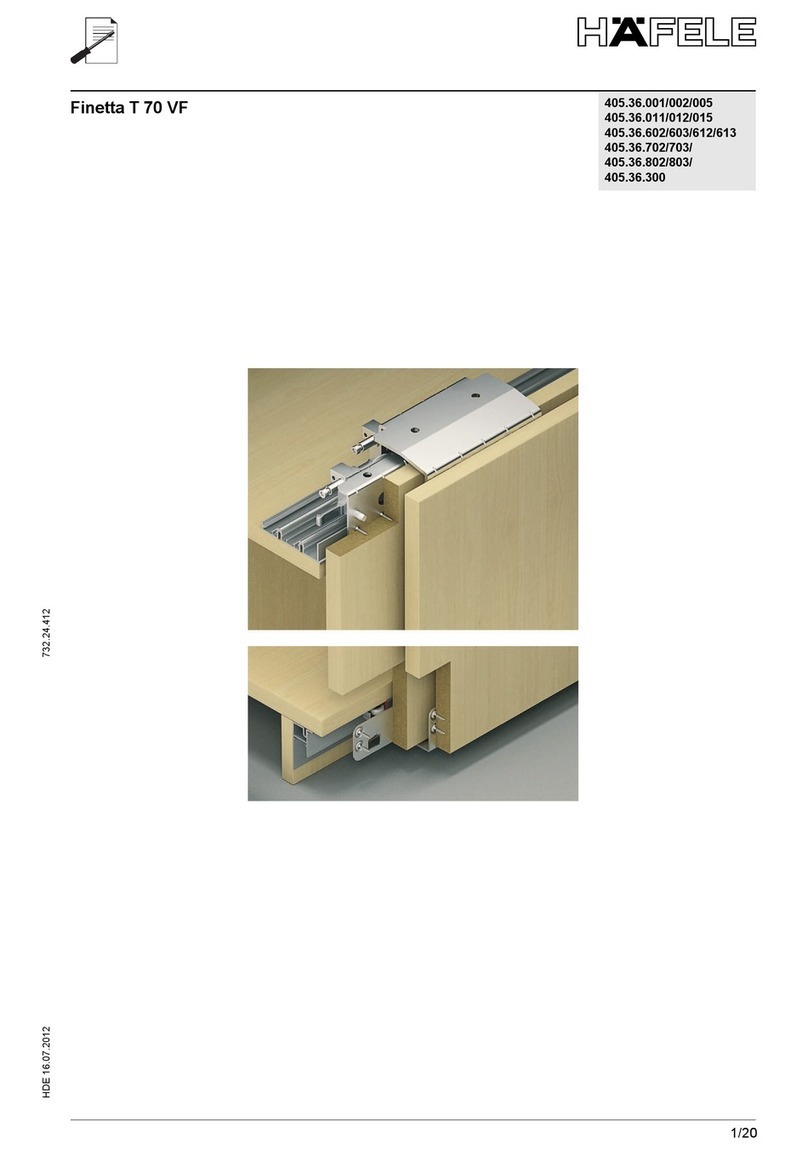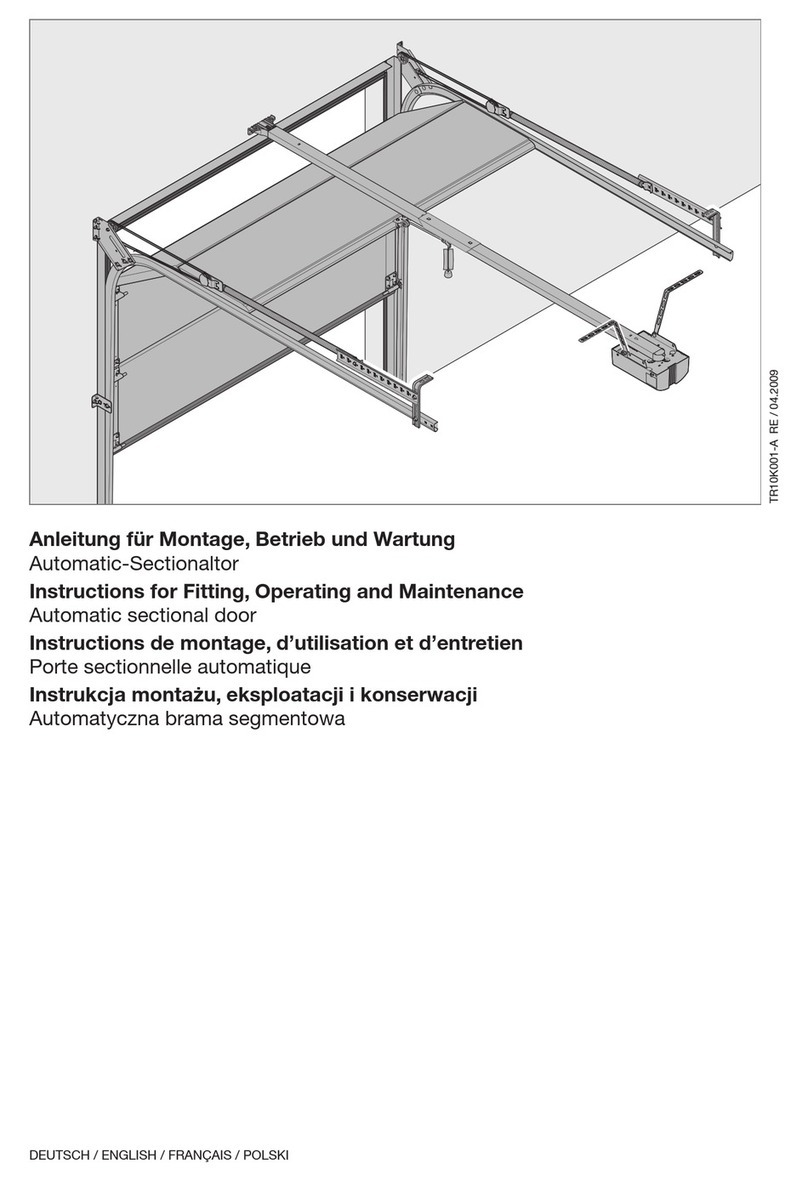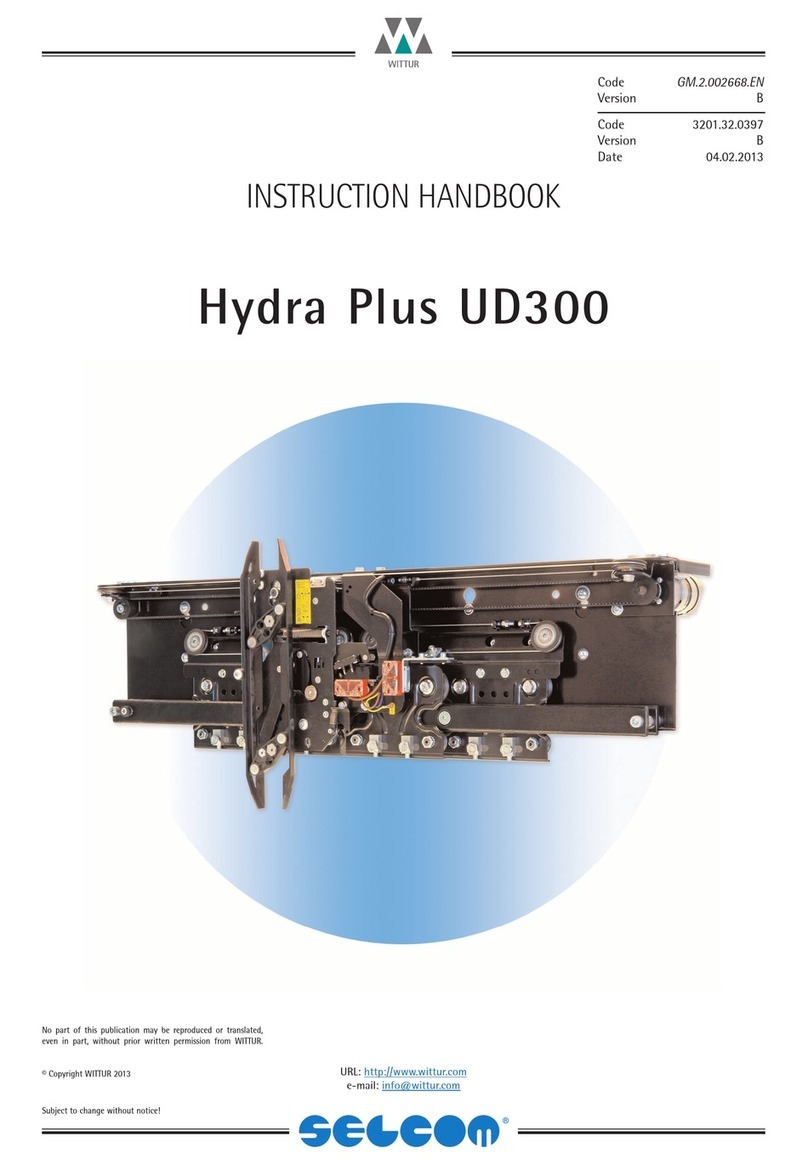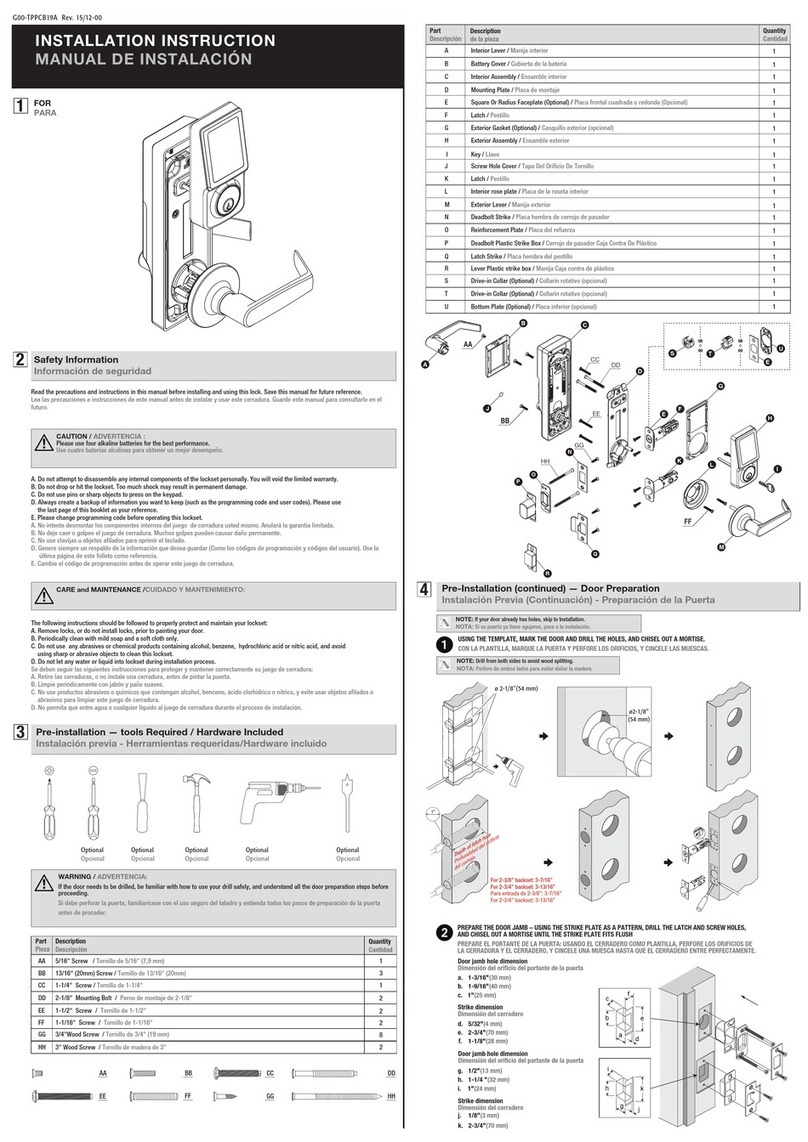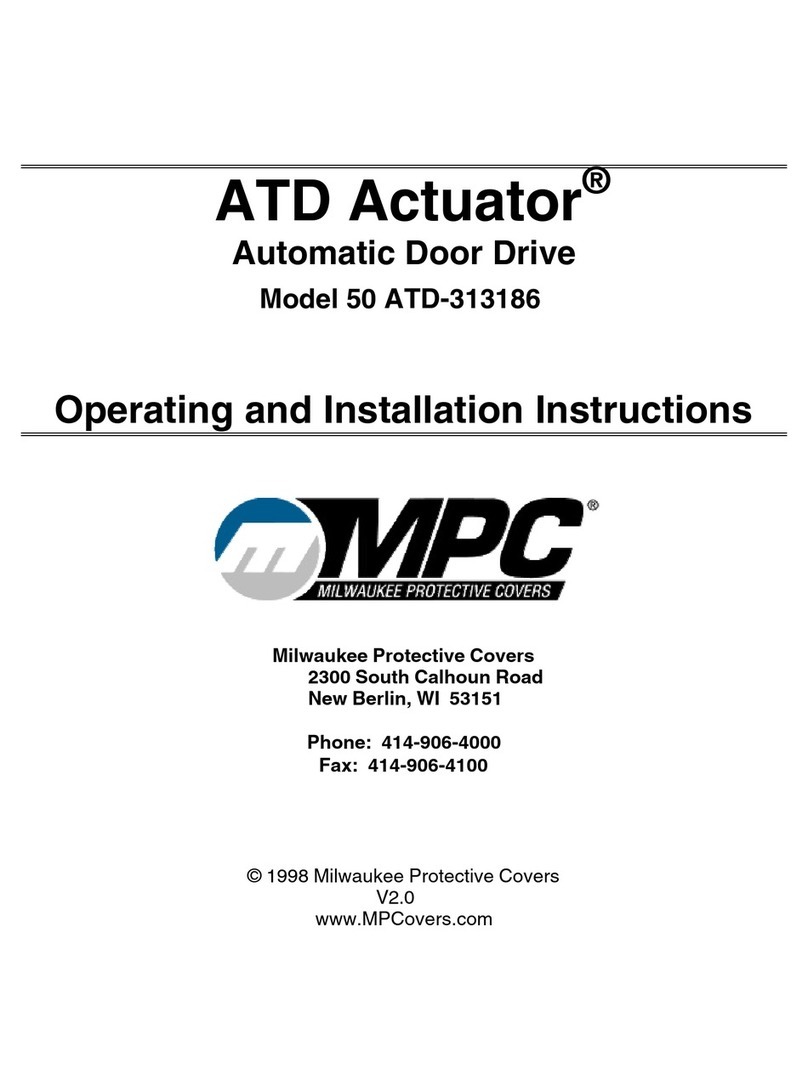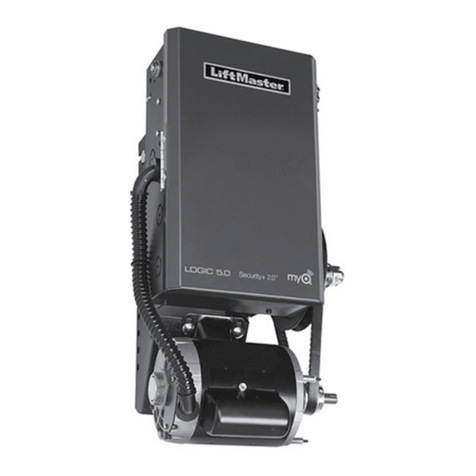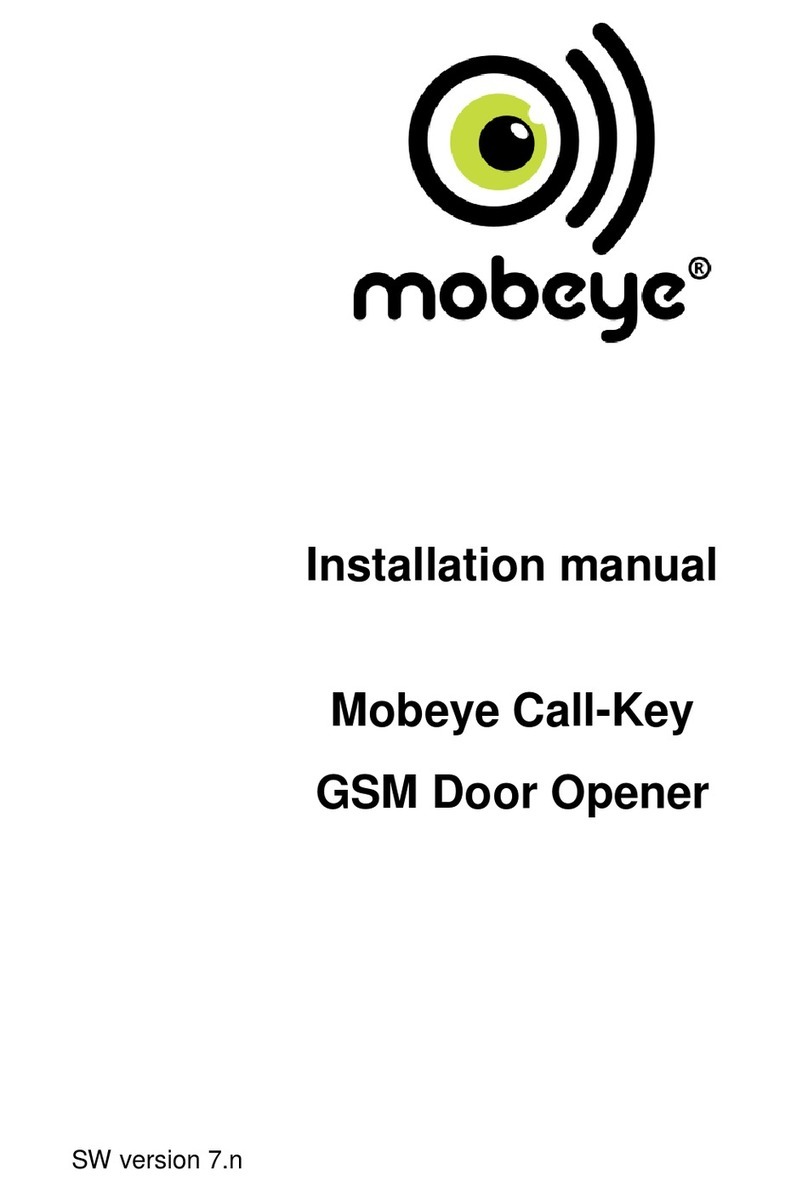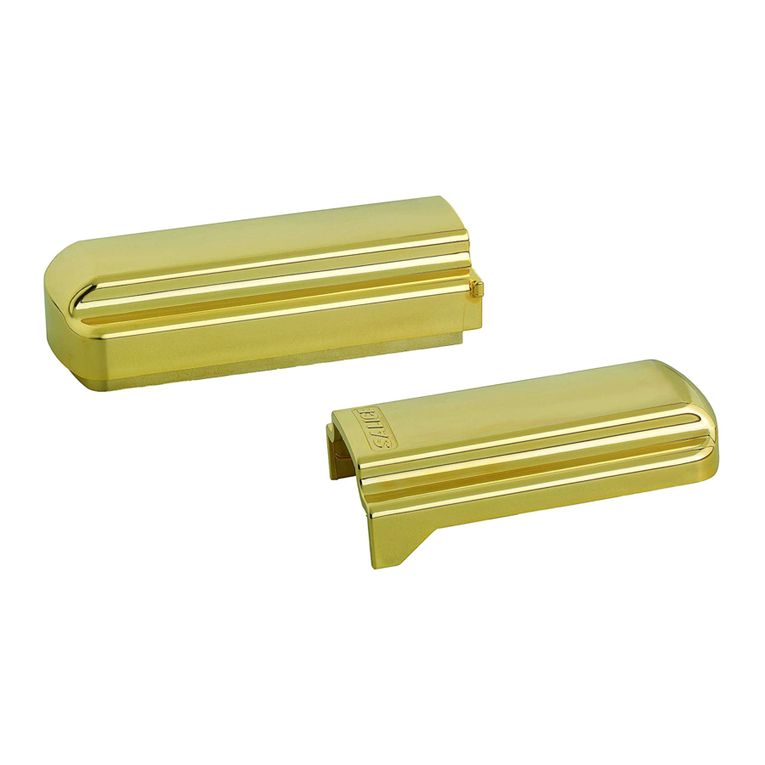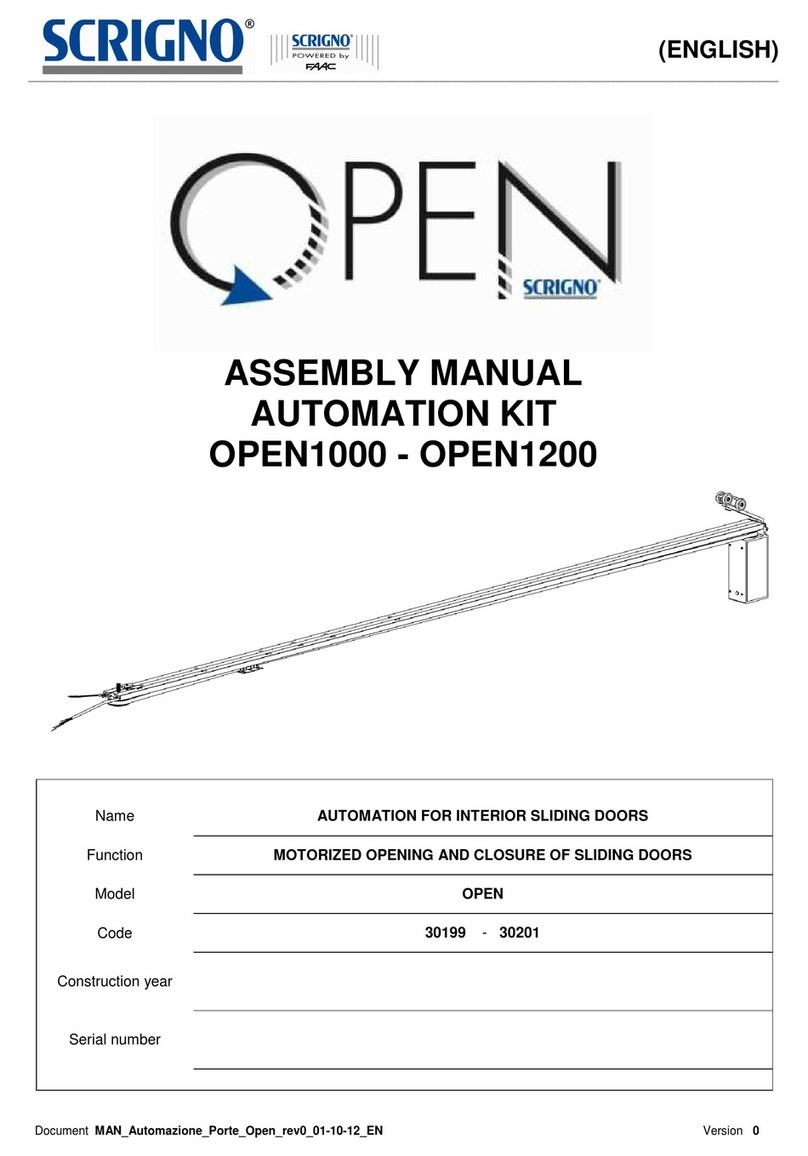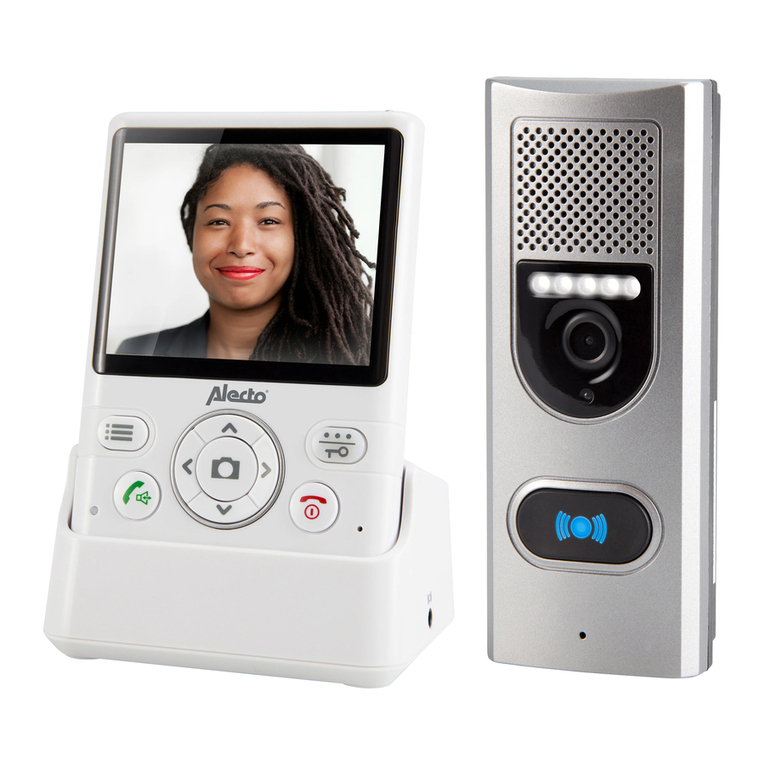
8
KBH
Montageanleitung •Mounting instructions
5 Schleifleitung montieren
5.1 Halteeisen anbringen
Schraubkonsolen oder Winkeleisen
mit Langlöchern anbringen.
HFolgenden Montage-Abstände
beachten:
Aufhängeabstand max. 2000 mm
für Innenanlagen und überdachte
Aussenanlagen mit einer Umge-
bungstemperatur bis 35 °C.
Max. 1333 mm für Aussenanla-
gen, spez. Innenanlagen mit
hohen Umgebungstemperaturen
(>35-60 °C) und Anlagen mit Be-
heizung. Die erste und letzte Auf-
hängung ist mind. 250 mm und
max. 500 mm vom Teilstückende
anzuordnen. Der Abstand der
Gleitaufhängungen von dem Ver-
bindungsmaterial, den Endkap-
pen, Einspeisungen usw. muss
mindestens 250 mm bis max. 500
mm betragen, um die Ausdeh-
nung nicht zu behindern (S2).
5.2 Schleifleitung aufhängen
Die beiliegenden Unterlegscheiben an
den Aufhängebolzen der Fest- und Gleit-
aufhängungen nur bei der Montage in
Langlöchern verwenden.
Gleitaufhängungen an den Konsolen
befestigen (G1).
SDie Schenkel der Gleitaufhän-
gung müssen senkrecht nach
unten und mit einem Zwi-
schenmaß von < 50 mm sein
(bei Bedarf nachrichten) (G1).
Schleifleitungen von unten in die
Gleitaufhängungen schieben (G2).
SDie Schleifleitungen müssen mit
den unteren Stegen in den zwei
U-förmigen Umgreifungen der
Gleitaufhängungen liegen.
Auf durchgehend gleiche
Anordnung der Kennzeich-
nungsstreifen und Sicher-
heitsstege achten (S1).
HDer Aufnahmebügel der Gleit-
aufhängung ist drehbar gela-
gert und stellt sich bei der
Montage in Längsrichtung zur
Schleifleitung ein.
G1
G2
5 Installation of powerails
5.1 Mounting support brackets
Bolt EHK standard brackets or weld
steel angles with slotted holes.
HObserve the following installa-
tion distances:
Max. support distance 2000 mm
for indoor and roofed outdoor
installations with a ambient tem-
perature upto 35 °C).
Max. 1333 mm for outdoor in-
stallations, special indoor
systems with high ambient
temperatures (>35-60 °C) and
systems with heating. The first
and last hanger must be placed
at least 250 mm and no more
than 500 mm from the end of a
powerail section. The distance of
the sliding hangers from the joint
material, end caps, feed points,
etc. must measure at least
250 mm and up to 500 mm to
guarantee free expansion (S2).
5.2 Installation of powerail
Use the supplied washers at the support
bolts of the fixpoint and sliding hangers
only for installation in slotted holes.
Attach the sliding hangers at the
brackets (G1).
SThe branches of the sliding
hanger must be vertical and
down with an intermediate
measure of < 50 mm (realign, if
necessary) (G1).
Push the Powerails from the bottom
into the sliding hangers (G2).
SThe powerails must be located
in the two U-shaped webs of
the sliding hangers with the
two lower lips.
Ensure continuous uniform
arrangement of the identifi-
cation strips and safety lips
(S1).
HThe mounting brackets of the
sliding hanger is rotatable and
adjusts itself in longitudinal
direction to the powerail during
installation.
